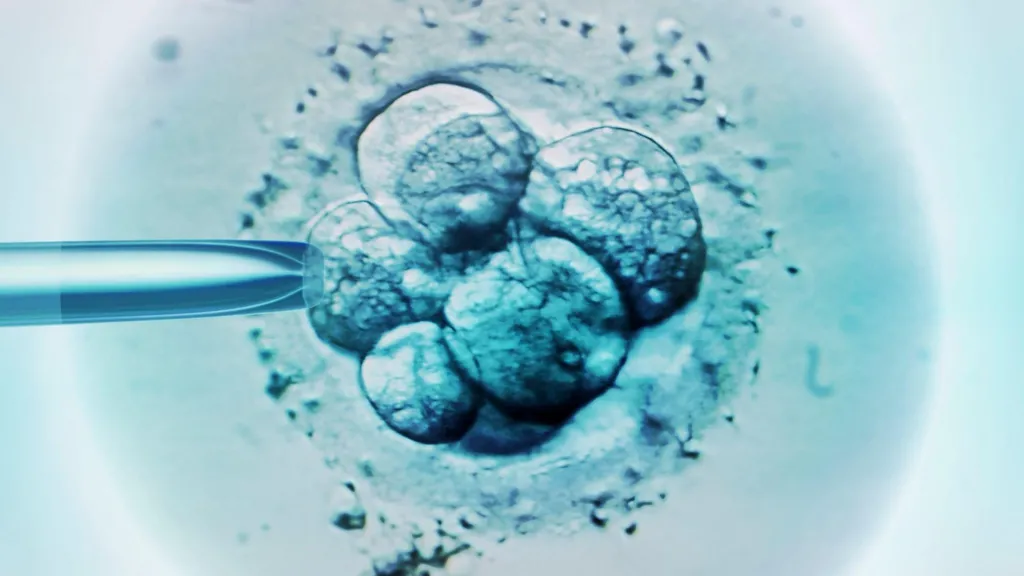Oops -- Well -- Sorry About That!
"All of us at Monash IVF are devastated and we apologize to everyone involved.""We will continue to support the patients through this extremely distressing time.""[The] human error [was made] despite strict laboratory safety protocols being in place."Monash IVF CEO Michael Knaap"[Australia's states and territories] need to see if their regulations are up to scratch.""Confidence needs to be brought back and it's imperative that happens."Australian Minister for Social Services Amanda Rishworth"There are presumptions in Australia about the birth parents being the legal parents of the child.""But whether the genetic parents want to come forward and start a discussion about that, then we'll have to wait and see."Family creation lawyer Sarah Jefford"[It was a] terrible, sad situation all round [that was unlikely to have been tested before in Australia].""While this is life-altering for the couples involved, the next person who will be most shattered is the scientist responsible for this mistake.""I've got no idea what the legal situation in Australia would decide; I don't think it's been tested before.""I don't think there's much more that can be done; we just have to accept that human beings make mistakes."Professor Gab Kovacs, IVF pioneer, former director of Monash IVF
 |
A woman in Australia, who had been implanted with an embryo belonging to another patient during an in vitro fertilization process, gave birth in February to a baby not her own, but that of a stranger, resulting from "human error", according to the clinic involved, Monash IVF. The unfortunate error that took place in the city of Brisbane was investigated and the discovery made that the birth parents' embryo storage happened to have one too many.
Staff then discovered another patient's embryo had erroneously been thawed and transferred to the birth mother. The baby was born in 2024. There has been no confirmation from Monash IVF as to how old the child actually is. An initial investigation, according to Monash IVF -- Australia's largest IVF provider -- shed no light on why the error occurred, nor did the investigation identify the involved patients, much less divulge any details regarding the custody of the child.
 |
| Getty Images |
In operation since 1971, Monash IVF operates in dozens of locations throughout Australia. The company settled a class-action lawsuit, representing over 700 patients last year when claims that its clinics destroyed potentially viable embryos had surfaced. The company paid out a settlement of 56 million Australian dollars, while making no admission of liability. A reputational inconvenience that begged to be handled discreetly so it would just go away.
Their error in this instance, albeit rare, has occurred to other clinics throughout the world: the United States, Britain, Israel and Europe. In Georgia, U.S.A., a woman filed a lawsuit in February against a fertility clinic when she too gave birth to a stranger's baby. The error was made clear to Krystena Murray following the baby's birth since both she and her sperm donor were white, while the child was Black.
And although the birth mother meant to raise the baby, she surrendered the-then-five-month-old to its biological parents after being advised she would not win a legal custody battle. Laws regulating the in vitro fertilization sector came into practise only in 2024 through Queensland's parliament, to establish a registry for all those conceived at a clinic, with the destruction of donors' medical histories made illegal.
An official report that criticized the storage of frozen sperm donations in Queensland was the impetus for such legal regulation, when it was discovered through an investigation that close to half of the samples checked were at medium or high risk of misidentification -- as a result of which it was recommended that thousands of the samples be destroyed.
 |
| This image from video shows an exterior view of the Monash IVF clinic in Brisbane, Australia, Friday, April 11, 2025. (AuBC, CHANNEL 9 via AP) |
Labels: Australia, Frozen Embryos, In Vitro Fertilization, Mismatch

0 Comments:
Post a Comment
<< Home